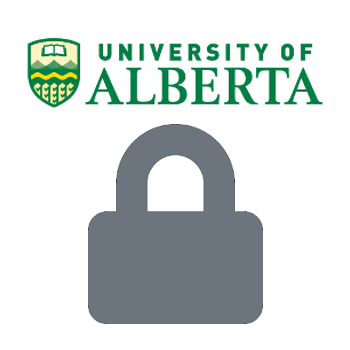This decommissioned ERA site remains active temporarily to support our final migration steps to https://ualberta.scholaris.ca, ERA's new home. All new collections and items, including Spring 2025 theses, are at that site. For assistance, please contact erahelp@ualberta.ca.

Item Restricted to University of Alberta Users
Log In with CCID to View Item- 127 views
- 1 download
Field Performance of Dry Covers and Limestone Addition for Acid Generation Control of Lavrion Sulfide Tailings, Greece
-
- Author(s) / Creator(s)
-
Acid generating sulfidic tailings covering a surface area of approximately ten hectares have been deposited in the historic mining area of Lavrion in Greece. For the development of a remediation strategy, the performance of three alternative acid generation control techniques was assessed under actual field conditions. The techniques involved the application of dry covers, including a synthetic HDPE liner and a compacted clay layer with capillary barriers. Furthermore, the potential formation of a low permeability hardpan layer at the sulfidic tailings surface by limestone addition was investigated. The field tests covered an area of 2500 m2 , which was divided in equal quadrants, corresponding to the control plot and the three alternative remedial options. To monitor the amount and quality of percolated water, lysimeters were installed beneath the four plot areas. Based on the monitoring results over a period of six years, due to the dry climate encountered in the Lavrion area, a low amount of water percolates through the pyrites if no action is taken (control area), corresponding to 20 - 25 mm per year. This water is highly acidic, pH = 1.2, and contains a heavy load of contaminants, eg Fe 40 g/L, Zn 15 g/L, and As 1.5 g/L. The HDPE cover eliminated the percolation of water into the material for a period of five years, whereas thereafter the volume of leachates increased to values similar to those recorded in the control plot. The water collected in the lysimeter of the clay cover has been minimal corresponding to approximately five per cent of the drainage volume produced in the control area. In the fourth plot, which involved limestone addition to sulfidic tailings, the volume of drainage initially collected was almost double compared to the control area. After three years of monitoring, significant reduction in the amount of percolated water was observed, attributed to the formation of a cemented layer (hardpan), at a depth of 40-80 cm from the testpad surface.
-
- Date created
- 2003
-
- Type of Item
- Article (Published)
-
- License
- Use of this product is restricted to current faculty, staff, and students of the University. It is the responsibility of each user to ensure that he or she uses this product for individual, non-commercial educational or research purposes only, and does not systematically download or retain substantial portions of information. Users may not reproduce or redistribute unprocessed/raw data portions of the data to any third party, or otherwise engage in the systematic retransmission or commercialization of the data.